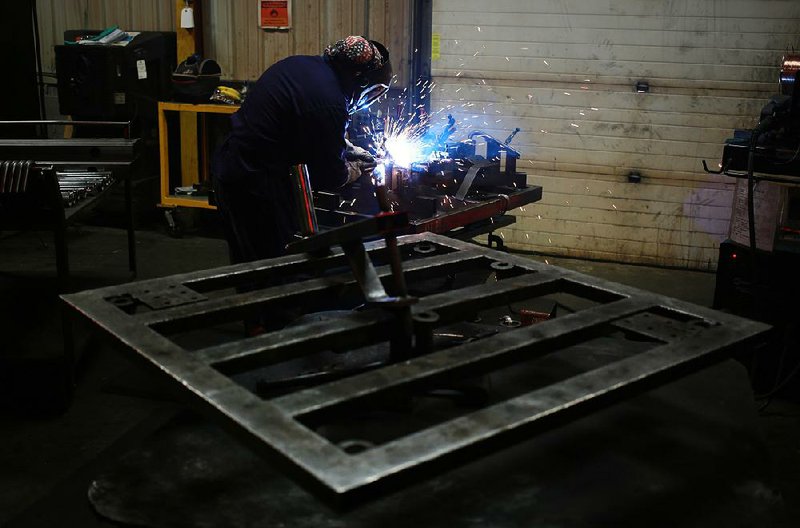WASHINGTON -- Factories heated up in March as new orders rose for the first time since July in a sign economic growth should improve after a weak winter.
Orders increased 2.1 percent following seven monthly declines, the Commerce Department reported Monday. And in further good news, orders in a key category that tracks business investment plans eked out a 0.1 percent rise. It was the first advance in this category since last August.
Orders are a sign of future economic activity in the important manufacturing sector, which had struggled since last summer. Weak growth in Europe and Asia reduced demand for U.S. goods and caused the value of the dollar to soar, making American exports more expensive.
Economists are hoping that U.S. manufacturing is beginning to emerge from a long soft patch, bolstered by stronger domestic demand.
Orders for durable goods, which are items expected to last at least three years, rose 4.4 percent in March. Demand for nondurable goods such as chemicals and paper dropped 0.3 percent.
U.S. factories have been struggling with export sales, which have taken a hit from the rise in the value of the dollar in recent months. The stronger dollar has made U.S. exports more expensive and less competitive on overseas markets. It also lowered the cost of imported goods, making them more attractive to U.S. consumers.
The overall increase was the first positive number since a 10.5 percent increase last July. The strength in March was led by a surge in demand for computers and the volatile category of commercial aircraft.
The key category of nondefense capital goods excluding aircraft, which is viewed as a proxy for business investment plans, edged up 0.1 percent in March. It was the first advance in this area since last August.
The government reported last week that the overall economy, as measured by the gross domestic product, expanded by a meager 0.2 percent in the January-March quarter as a harsh winter, a rising trade deficit and weaker business investment all held back growth.
Economists believe growth will rebound in the current quarter, helped by stronger job growth that is expected to spur consumer spending. Auto sales rose in April, led by strong demand for small and midsize sport utility vehicles.
Economists at Macroeconomic Advisors are looking for the gross domestic product, the country's total output of goods and services, to grow at a 1.9 percent rate in the second quarter, a rebound from the first three months.
Other analysts are more optimistic.
"As the weather returns to more seasonal norms, we anticipate a big rebound in consumption growth," said Paul Ashworth, chief U.S. economist at Capital Economics. He is forecasting 3.5 percent GDP growth in the second quarter.
Information for this article was contributed by Martin Crutsinger of The Associated Press and Jim Puzzanghera of the Los Angeles Times.
Business on 05/05/2015
